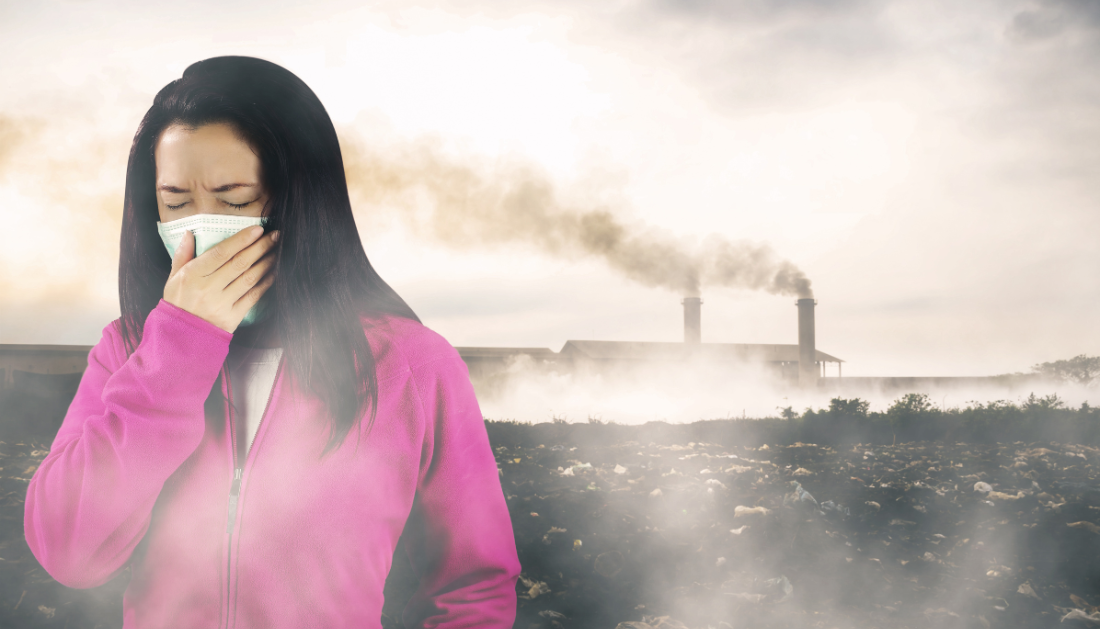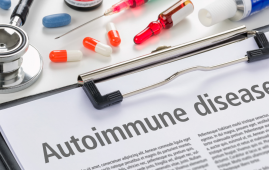

A recent study from Desert Research Institute (DRI) and the University of Nevada, Reno, provides critical insights into the impact of air pollution on cancer risk across the United States. Researchers analyzed public health data, U.S. Census information, and air pollution data from the Environmental Protection Agency (EPA) spanning 2011 to 2019. Their findings underscore significant disparities in cancer risks related to air toxins, revealing that urban communities, particularly those with lower-income and higher racial minority populations, face a higher cancer risk due to prolonged exposure to air pollution.
The study, published in Environmental Science & Technology, is one of the first to assess air pollution and its associated risks by looking at air pollutants as a whole, including their distribution over time. It found that low-income communities and those with higher proportions of racial minorities in urban areas are disproportionately affected by air pollution. For instance, regions like “Cancer Alley” in southern Louisiana—home to significant Black and Hispanic populations—exhibit notably higher risks of lung cancer, stroke, and other serious respiratory infections. Although efforts to reduce air toxins have made some improvements, disparities related to income persist, with lower-income neighborhoods continuing to bear a heavier burden.
The research also emphasizes the social factors contributing to these health disparities, such as poverty, housing age, and the proximity of industrial emissions. It highlights how obesity, sedentary lifestyles, and metabolic disorders, like asthma, worsen the effects of air pollution in already vulnerable communities. These findings have significant implications for public health policies, urging targeted efforts to reduce air toxics and ensure cleaner air in at-risk regions. Read more on the link between dementia and air pollution.
Importantly, this study invites individuals to become “citizen scientists” by using publicly available tools, like the EPA’s Air Toxics Screening Assessment, to monitor air quality in their communities. Patrick Hurbain, a lead researcher, hopes that these findings will inspire more involvement in the fight for cleaner air, urging people to understand and address the disparities that contribute to heightened cancer risk due to air pollution.
More information: Hurbain, P., et al. (2024) Environmental Inequality in Estimated Cancer Risk from Airborne Toxic Exposure across United States Communities from 2011 to 2019. Environmental Science & Technology. doi.org/10.1021/acs.est.4c02526.
more recommended stories
 Parkinson’s Disease Care Advances with Weekly Injectable
Parkinson’s Disease Care Advances with Weekly InjectableA new weekly injectable formulation of.
 Brain’s Biological Age Emerges as Key Health Risk Indicator
Brain’s Biological Age Emerges as Key Health Risk IndicatorClinical Significance of Brain Age in.
 Children’s Health in the United States is Declining!
Children’s Health in the United States is Declining!Summary: A comprehensive analysis of U.S..
 Autoimmune Disorders: ADA2 as a Therapeutic Target
Autoimmune Disorders: ADA2 as a Therapeutic TargetAdenosine deaminase 2 (ADA2) has emerged.
 Is Prediabetes Reversible through Exercise?
Is Prediabetes Reversible through Exercise?150 Minutes of Weekly Exercise May.
 New Blood Cancer Model Unveils Drug Resistance
New Blood Cancer Model Unveils Drug ResistanceNew Lab Model Reveals Gene Mutation.
 Healthy Habits Slash Diverticulitis Risk in Half: Clinical Insights
Healthy Habits Slash Diverticulitis Risk in Half: Clinical InsightsHealthy Habits Slash Diverticulitis Risk in.
 Caffeine and SIDS: A New Prevention Theory
Caffeine and SIDS: A New Prevention TheoryFor the first time in decades,.
 Microbial Metabolites Reveal Health Insights
Microbial Metabolites Reveal Health InsightsThe human body is not just.
 Reelin and Cocaine Addiction: A Breakthrough Study
Reelin and Cocaine Addiction: A Breakthrough StudyA groundbreaking study from the University.

Leave a Comment